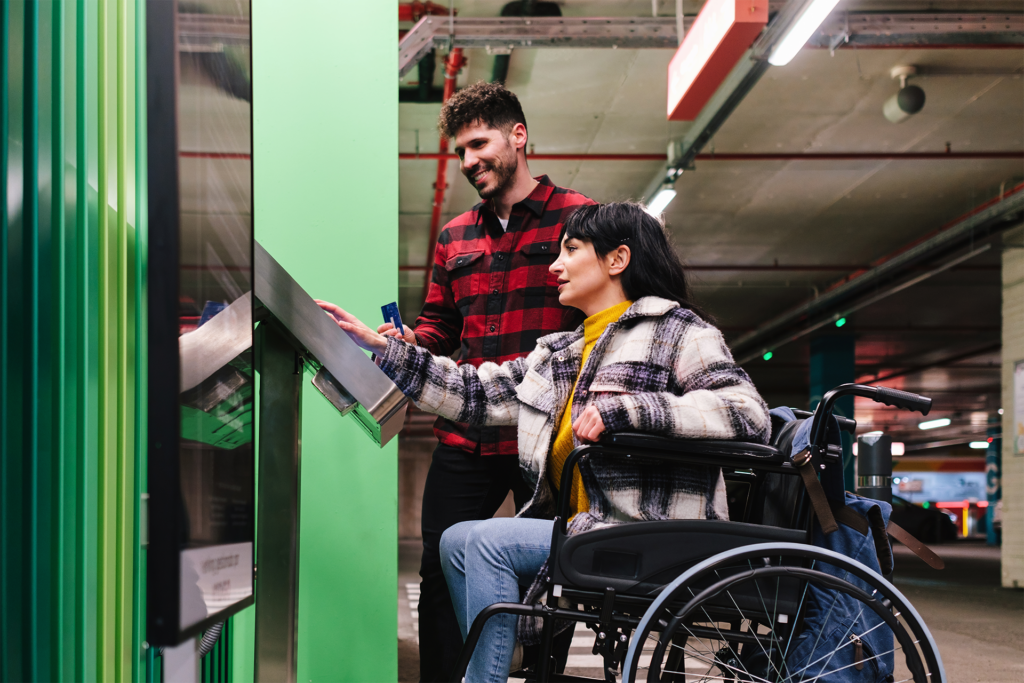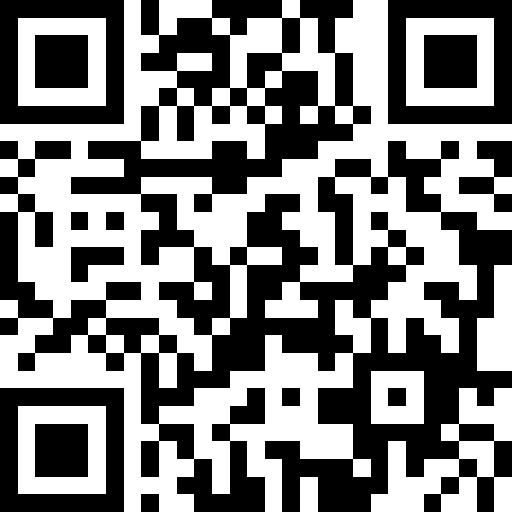In today’s digital-first economy, accessibility isn’t optional – it’s a competitive advantage. From shopping malls and airports to campuses and commercial properties, assistive technologies are transforming how businesses welcome, support, and engage every guest.
Whether you’re improving customer experience, meeting compliance standards, or optimizing for future growth, here are five powerful assistive technologies driving meaningful change in modern businesses.
1. Accessible Wayfinding Systems
Getting around shouldn’t be a challenge – but for many people with disabilities, navigating large or unfamiliar environments still is. Accessible wayfinding solutions help close that gap by guiding users through spaces with tools tailored to their needs.
Core features of accessible wayfinding include:
- Wheelchair-friendly routes that avoid stairs and prioritize elevators, ramps, and accessible entrances
- Turn-by-turn audible navigation for blind or low-vision users
- High-contrast displays, screen reader compatibility, and multilingual support
- Mobile and kiosk access with QR code handoffs for continuity
The leading provider in this space is MapVX, a digital mapping platform designed specifically for complex venues. MapVX integrates with the award-winning Lazarillo App to offer audio-guided navigation and smart routing based on mobility needs. Their deployments across retail centers, airports, and major events like the NFL Draft have set the standard for what accessible navigation should look like in the built environment.
2. AI-Powered Virtual Assistants and Smart Accessibility
AI is playing an increasingly important role in making public spaces more accessible and intuitive. Virtual assistants are one of the most effective use cases – allowing users to get directions, find services, or ask questions through voice, text, or image input. This is especially helpful for people with visual impairments, mobility limitations, or cognitive disabilities.
But AI’s role doesn’t stop there. It also powers real-time recommendations, adapts navigation based on user needs, and helps staff respond more efficiently to visitor behavior. MapVX, for example, integrates an AI assistant trained on each venue’s specific layout and services – helping users navigate complex spaces with personalized, context-aware guidance.
3. Real-Time Captioning and Transcription Tools
Video is everywhere – but it’s not always accessible. Live transcription and captioning platforms such as Otter.ai, Ava, and built-in tools in meeting software make content clearer and more inclusive.
Businesses are deploying these tools in:
- Public-facing displays and digital signage
- Customer service touchpoints
- Training and onboarding platforms
Captioning not only supports people who are deaf or hard of hearing, it also improves clarity for non-native speakers and noisy environments.
4. Voice-Activated Interfaces
Voice-first interactions reduce dependency on touchscreens and keyboards, helping users with visual or physical impairments engage independently.
Key applications include:
- Voice search at kiosks or help centers
- Voice-guided shopping or building navigation
- Hands-free customer service through smart speakers
When integrated with spatial mapping platforms like MapVX, voice tools can deliver step-by-step guidance through even the most complex environments.
5. Smart Sensors and Adaptive Environments
Smart buildings aren’t just efficient – they’re inclusive. With IoT and sensor technology, physical spaces can adapt in real time to visitor needs.
Examples include:
- Bluetooth beacons that guide visually impaired users
- Elevators that detect accessibility requests
- Adaptive lighting and signage triggered by user presence
When paired with spatial analytics platforms, these tools also generate behavioral insights to help businesses improve layouts and accessibility over time.
Final Thoughts
Accessibility is no longer a side feature—it’s central to the user experience. Investing in assistive technologies not only ensures compliance with evolving regulations, it unlocks better customer journeys, smarter spaces, and more resilient operations.Looking to implement accessible wayfinding in your property?
Book a demo with MapVX to explore how our inclusive mapping tools can transform the way everyone experiences your space.



